Daedaleopsis septentrionalis
Scientific name: Daedaleopsis septentrionalis
(P. Karst.)
Niemela
Derivation of name: Daedaleopsis means "having
the
appearance of Daedalea"; septentrionale means
"northern."
Synonymy: Lenzites septentrionalis P. Karst;
Gloeophyllum septentrionalis (P. Karst.) P. Karst.
Common names: Unknown.
Phylum: Basidiomycota
Order: Polyporales
Family: Polyporaceae
Occurrence on wood substrate: Saprobic; solitary or
overlapping groups on dead birch (Betula spp.) wood;
found year-round.
Dimensions: Caps up to 7 cm wide, 4 cm long, and
3 cm thick at the base.
Upper surface: Variably brown, darker with age;
densely concentrically zoned; surface finely
radiate;
margin sharp and wavy.
Pore surface: White to grayish, then brownish with age;
surface bruises pinkish-brown when fresh; pores develop
into a lamellate configuration, lamellae (gills) thin, wavy,
and dichotomously forked.
Comments: Compare to Daedaleopsis confragosa. From
above, these two species are virtually identical and often
confused. The fertile surface of both species bruises a
pinkish-brown when fresh.
The two species can be reliably
separated based
on substrate identity and the configuration
of the fertile
surface. Daedaleopsis septentrionalis grows
only on
birch wood whereas Daedaleopsis confragosa
grows on
a great diversity of hardwoods, including birch.
The fertile surface of
Daedaleopsis septentrionalis is
consistently lamellate whereas
Daedaleopsis confragosa
has a much more maze-like and/or poroid fertile surface.
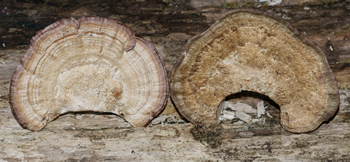
Figure 1.
Upper surfaces of Daedaleopsis septentrionalis
(left) and Daedaleopsis confragosa (right). Photo © John
Plischke III.
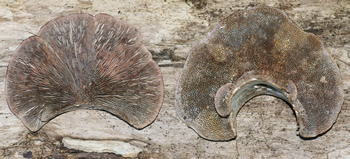
Figure 2. Pore surfaces of Daedaleopsis septentrionalis
(left) and Daedaleopsis confragosa (right).Photo © John
Plischke III.
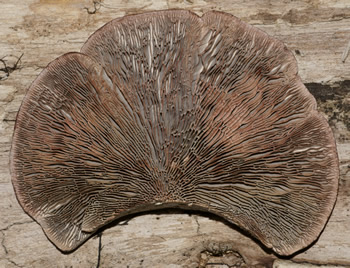
Figure 3.
Close-up of the distinctly lamellate pore surface
of the Daedaleopsis
septentrionalis specimen in Figure 2.
Photo © John Plischke III.
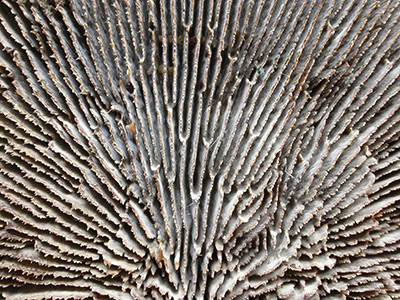
Figure 4. The lamellate pore surface is
dichotomously forked.
Photo © Gary Emberger.
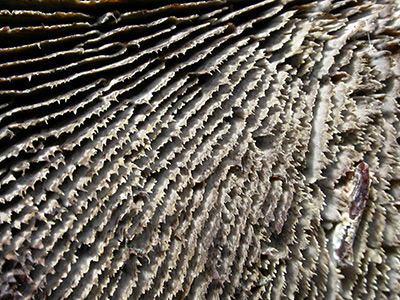
Figure
5. With age, the "gill"
margins may look quite ragged and
serrated. Photo © Gary Emberger.
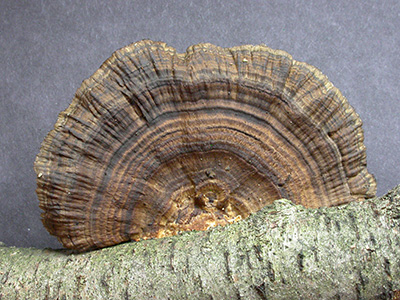
Figure
6. The concentrically zoned upper surface of the specimen
in Figures 4 and 5.
Photo © Gary Emberger.
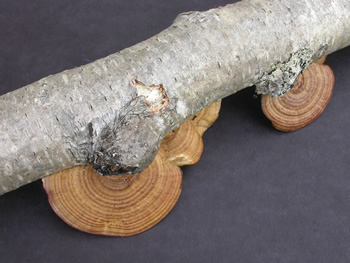
Figure 7. A young speciemn of Daedaleopsis
septentrionalis found at the 2007
NEMF
foray at
Orono, Maine. Photo © Gary Emberger.
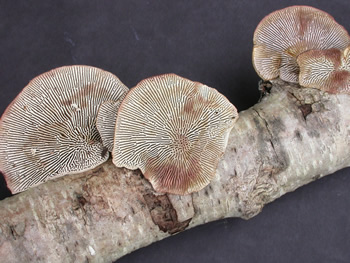
Figure 8. Underside of the specimens in Figure 7.
Photo © Gary Emberger.
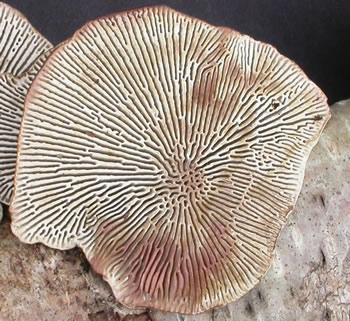
Figure 9. The pinkish-brown bruising of the pore surface
is quite evident on the young
specimens photographed in
Figure 8. Photo © Gary Emberger.